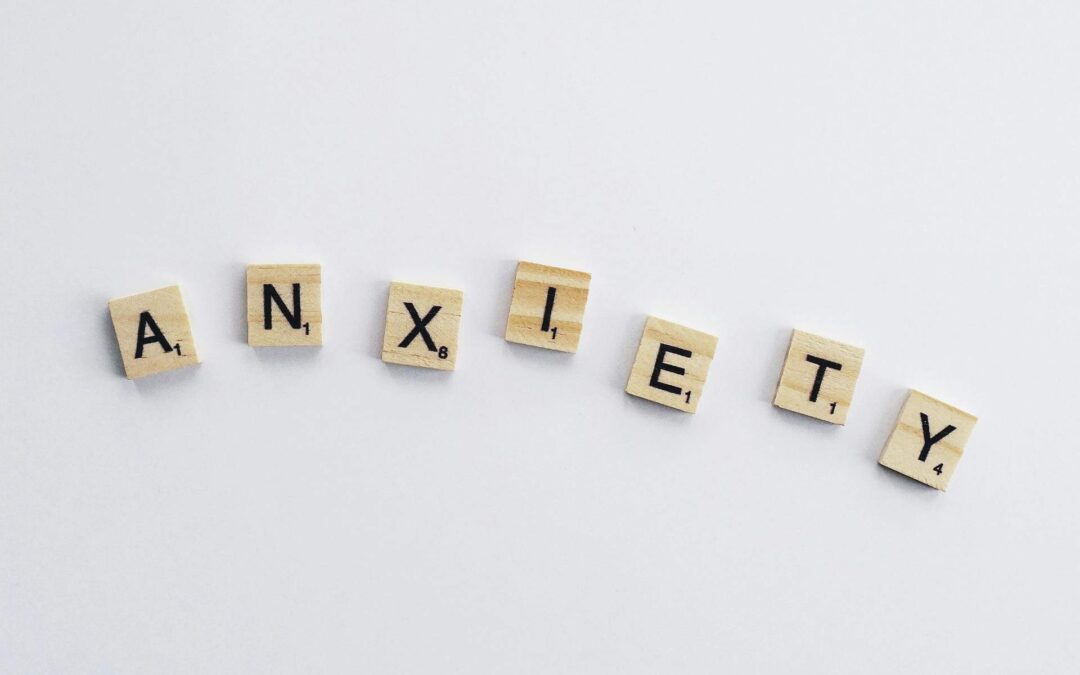If you are struggling with anxiety and working with a therapist, a phrase you may hear them say is “lean into your anxiety”. Now, you may be wondering, “What in the world does that mean?” or “You actually want me to feel anxious?” I know it sounds crazy and I didn’t understand it the first time I heard it either! Let me explain. In therapy, your therapist may encourage you to sit with your emotions instead of avoiding them. This means to feel the emotions instead of repressing them or avoiding them. When you are upset, maybe you cry. When you are angry, maybe you yell. When you are happy, maybe you smile. Well, how do you express your anxiety? Usually, it is something internal that we feel that makes us feel uncomfortable. Sometimes, people with anxiety use some type of behavior or avoidance strategy to reduce the anxiety surrounding the trigger. It is very common for the body and brain to try and resist the uncomfortable sensations that is brought on by anxiety. So go ahead, thank your brain for trying to make you feel better! Unfortunately, by doing some type of behavior like nail biting or using avoidance to avoid the thoughts or situation, we are actually reinforcing the anxiety cycle instead of confronting the anxiety.
Anxiety is often seen as a negative emotion that when you feel it, you want it to go away. Unfortunately, the more we try to push our emotions away, the more intense they become. If you struggle with anxiety, it is highly likely that it will not go away, but what you can do is make it more manageable. At times, anxiety can be really helpful and productive in keeping us safe. So, I invite you to pull up a chair for your anxiety and make it your friend. Offer your friend some compassion and thank it for trying to keep you safe. To practice leaning into the anxiety, when you begin feeling anxious, check in with where you are feeling the uncomfortable sensations in your body. Then, try and name that emotion and identify what the anxiety triggering situation is. Instead of trying to avoid the anxious thoughts and physical sensations, I invite you to try and intensify them. Choose to accept the sensations, thoughts and all the discomfort they may bring. This particular skill can be really beneficial if you experience panic attacks. This exercise helps you learn that you can sit with uncomfortable feelings. Instead of feeling like anxiety is controlling you, you will gradually learn that you are in control of how you respond to it. You are teaching your brain that even though you feel uncomfortable, you are safe. You are teaching your brain that you can handle these feelings and you are gradually building your tolerance to the anxiety. Leaning into anxiety takes practice and perseverance. I want to acknowledge this is hard stuff and you can do hard stuff!
This can be a challenging at first, especially when you are feeling dysregulated and overwhelmed, so I invite you to bring this exercise into your therapy session and explore your anxiety triggers and associated emotions with the help of your therapist.

